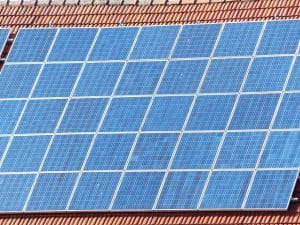Households having rooftop solar panels could save up to 95 per cent of their monthly power bill, according to a joint study by policy and research group CEEW and power distribution company BYPL.

Residents buying power from a community rooftop solar photovoltaic plant, through a subscription plan, could also save up to 35 percent of their electricity bills, claimed the study report released at CEEW Renewable Energy Dialogue 2018.
The savings have been estimated over 25-year lifetime of solar systems. The study was undertaken by the Council on Energy, Environment and Water (CEEW) in collaboration with BSES Yamuna Power Limited (BYPL) in east and central Delhi areas covered by the discom.
Solar system costs have declined by 27 per cent over the past three years. However, despite a 30-per cent government subsidy, households have installed only about 400 MW of rooftop solar across the country.
In Delhi, it is 60 MW, according to a statement from BSES. Key challenges for residential consumers include high capital cost, lack of access to finance, lack of consumer awareness, issues with roof ownership and access, and a roof lock-in period of 25 years, it said.
According to PTI, Arunabha Ghosh, CEO of CEEW said that conventional rooftop business offers have failed to spur household demand or incentivise solar developers to focus on residential consumers. Ensuring greater discom participation and adopting innovative business models is key to scaling up rooftop solar for households.
BYPL is committed to promoting rooftop solar systems and is at the forefront of championing its beneficial impact on the environment and electricity bills, said P R Kumar, CEO of BYPL. He further added that adoption of rooftop solar systems will help in managing the peak power demand and fulfil the renewable purchase obligation (RPO) of the discom.
The BYPL and CEEW collaboration has come up with design of three innovative utility-led models — community solar model, on-bill financing model, and a solar partner’s model. These models target diverse residential consumers ranging from those living in gated communities to low-income consumers receiving electricity subsidies.
(Source: PTI)


























